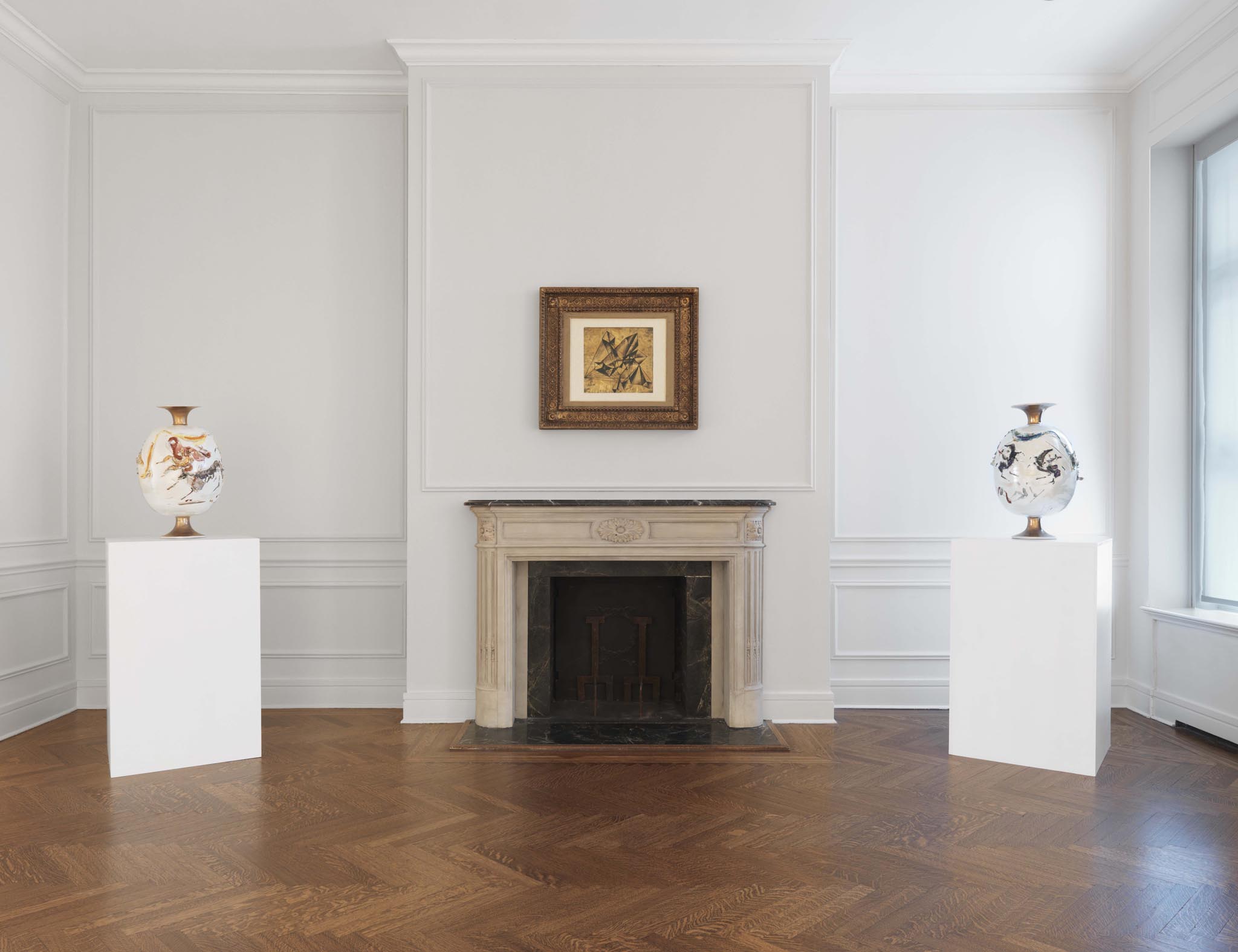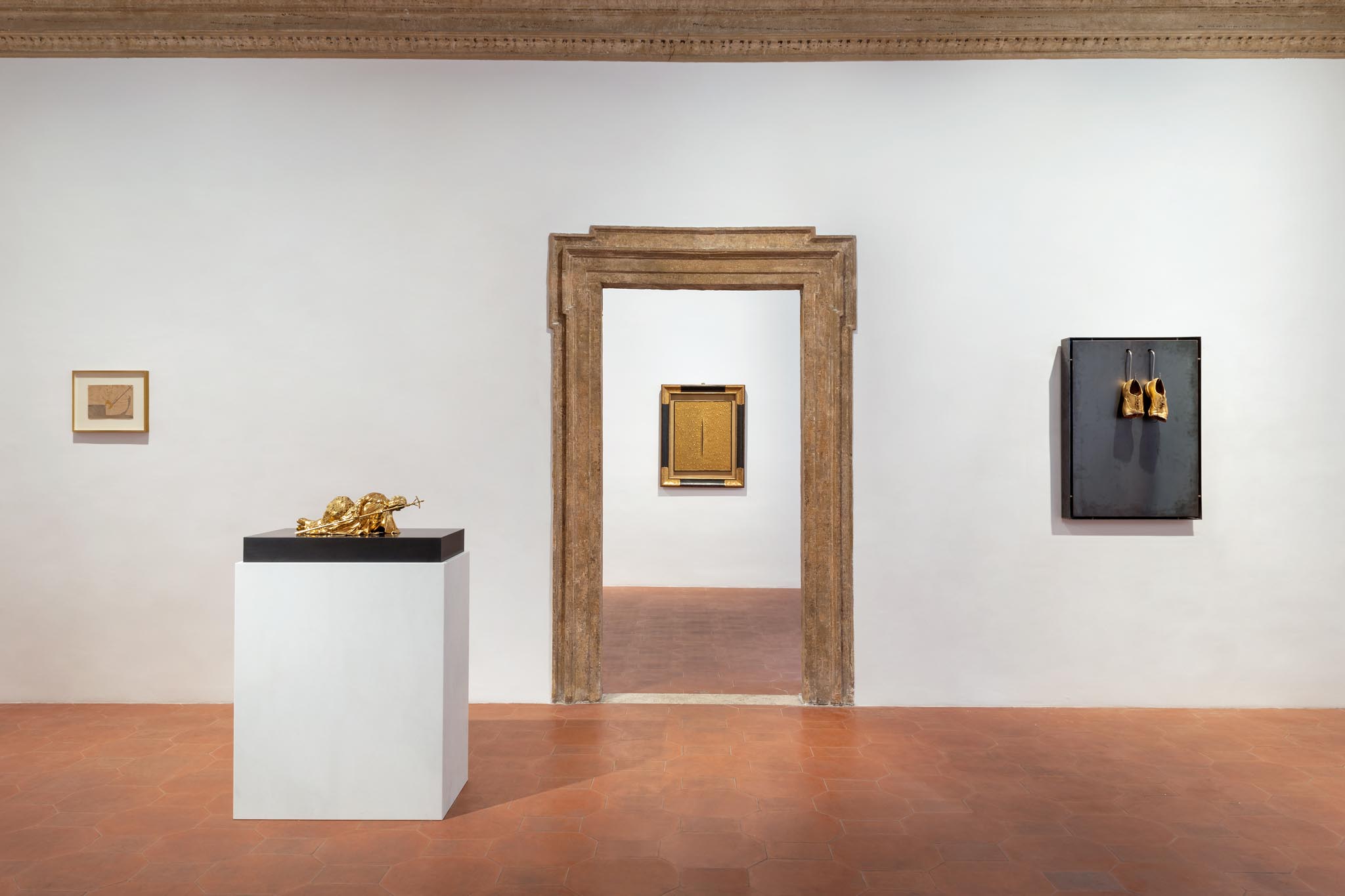Painter, sculptor, stage designer, and wordsmith — Giacomo Balla (Turin, 1871 – Rome, 1958) was one of the key figures of Italian Futurism, as well as an early supporter of Divisionism. Born and trained in Turin, he studied at the Accademia Albertina before moving permanently to Rome in 1893.
Early in his career, Balla was influenced by the ideas of humanitarian socialism and scientific positivism, which shaped his focus on themes like the urban environment and the conditions of modern city life. Works from this period, such as the Ciclo dei viventi (1902–1905), reflect a mix of Art Nouveau, Verismo, and Neo-Impressionist styles.
In 1910, with Umberto Boccioni and Gino Severini, Balla co-signed the Manifesto of the Futurist Painters and the Technical Manifesto of Futurist Painting. From 1912, he began a deep exploration of movement — one of the most iconic results is Dinamismo di un cane al guinzaglio, (1912). Around the same time, he also developed what he called “iridescent interpenetrations” — abstract studies of light and color.
Balla was not just a painter: he played a major role in Futurist performances and design, creating everything from stage sets and costumes to furniture and architectural elements. However, by the mid-1920s, as the Futurist movement entered its second phase, Balla began to distance himself from its evolving direction. He turned toward a more figurative and naturalistic style, signaling a gradual departure from the movement he helped define.
His work was first exhibited at the Venice Biennale in 1903 — the only edition to feature his art during his lifetime. In 1914, he created the Futurist Flowers in the garden of Casa Cuseni in Taormina and collaborated with Fortunato Depero on large-scale decorative projects. In 1917, he designed the striking set for Feu d’artifice, a “ballet without dancers” staged at the Teatro Costanzi in Rome. That same year, Balla began designing furniture and textiles, many of which are now preserved in Casa Balla, his home at Via Oslavia 39 in Rome — itself a total artwork of Futurist design.
In 1916, he worked with Futurism’s founder, Filippo Tommaso Marinetti, on the experimental film Vita Futurista (Futurist Life). Two years later, in 1918, he published the Color Manifesto, a key text exploring the role of color in avant-garde art. In 1921, he decorated the walls of Bal Tic Tac, a jazz club near Rome’s Via Nazionale — a long-lost site recently rediscovered during renovations of a Banca d’Italia building.
Balla’s career spanned many phases — from early Divisionism to radical Futurism, from abstraction to a return to figuration. While his involvement with the Fascist regime was brief, his legacy as an innovator endures. After World War II, in 1946, several of his works — including Dynamism of a Dog on a Leash — were featured in the Twentieth-Century Italian Art exhibition at the Museum of Modern Art in New York.
Today, Giacomo Balla’s works are held in major museums around the world, including the Gallery of Modern Art in Milan, the Museum of Modern Art in New York, the Galleria d’Arte Moderna in Rome, the Albright-Knox Art Gallery in Buffalo, the Estorick Collection in London, the Museo del Novecento in Milan, the Peggy Guggenheim Collection in Venice, and the Tate Gallery in London.

